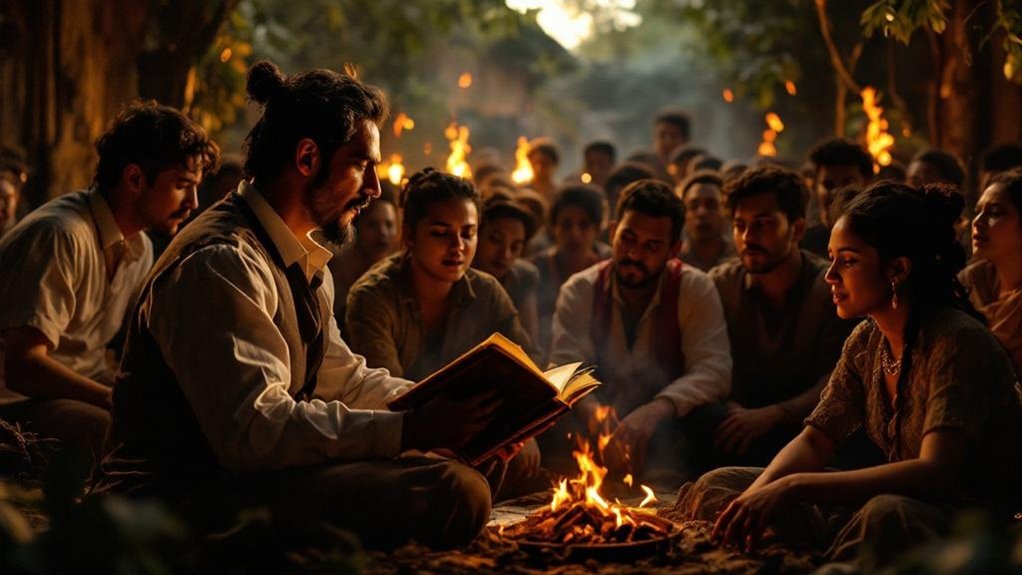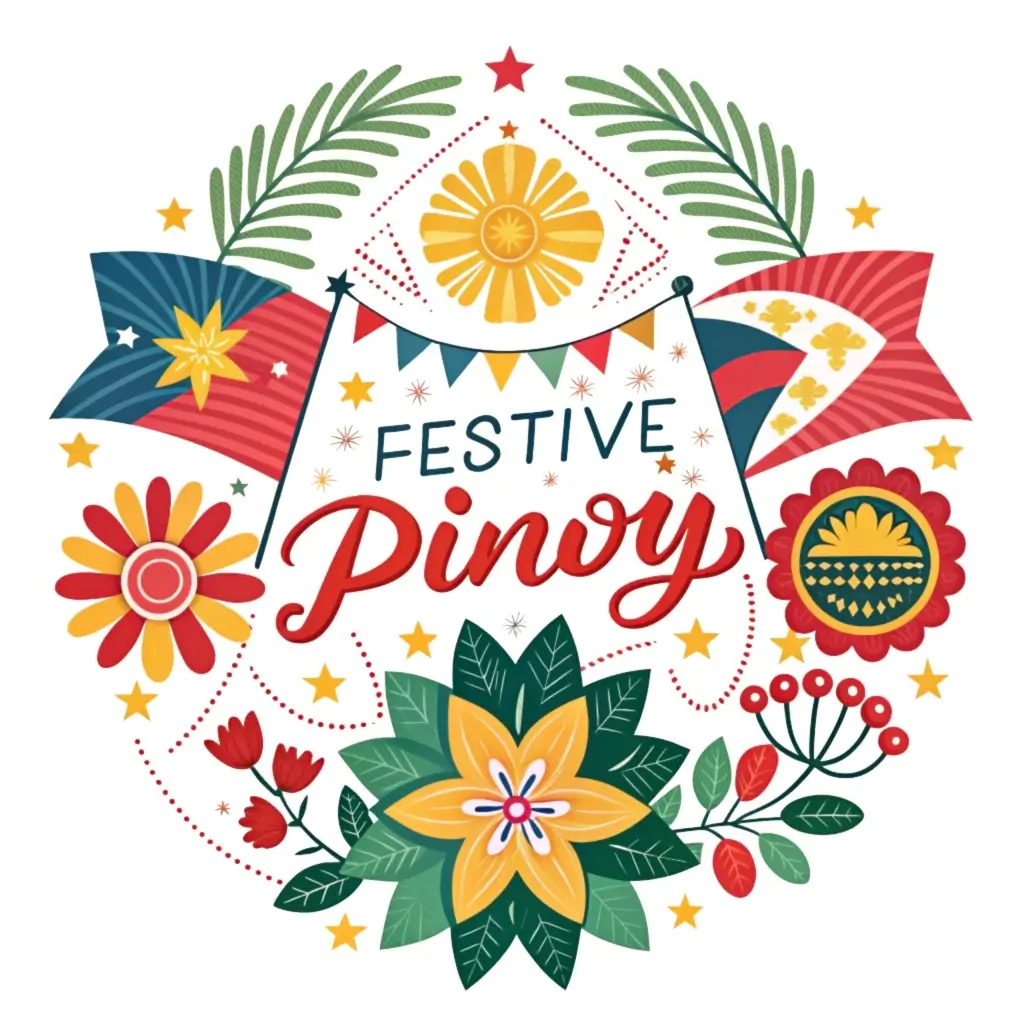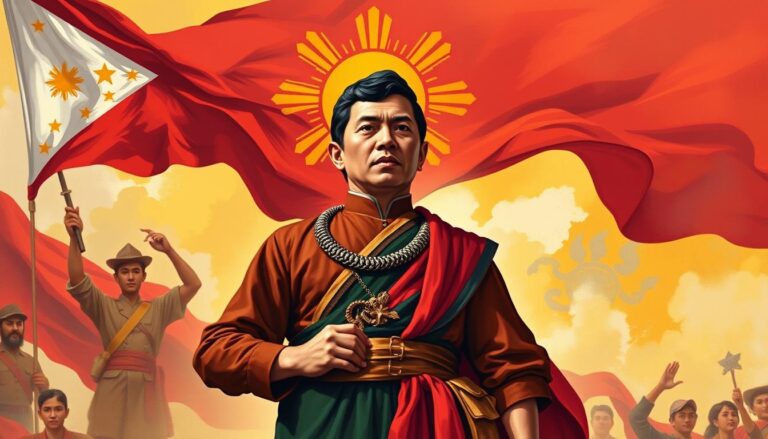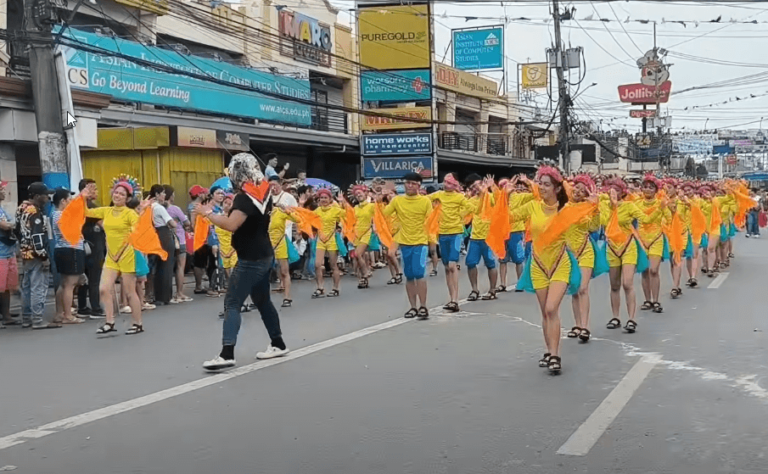Rizal’s Noli Me Tangere Ignites Revolutionary Spirit

Rizal’s *Noli Me Tangere* played a key role in igniting the Filipino revolutionary spirit by revealing the harsh realities of Spanish colonial oppression. Through its vivid portrayal of social injustice and abuses by church and state authorities, the novel awakened a shared sense of injustice among Filipinos. Its main character, Ibarra, embodies hope for peaceful reform and national identity. This powerful combination of storytelling and political critique inspired early calls for change, setting the stage for the country’s fight for independence. Exploring its impact offers valuable insight into Filipino nationalism’s foundations.
Historical Context of Noli Me Tangere
Although set in the late 19th century Philippines, *Noli Me Tangere* reflects the broader realities of Spanish colonial rule that profoundly affected Filipino society at the time.
The novel is deeply rooted in the colonial history marked by social injustices and abuses under Spanish authorities.
As a work of revolutionary literature, it exposed the brutal treatment of Filipinos, challenging the established order and inspiring resistance.
Rizal’s story revealed the systemic problems caused by colonialism, sparking awareness among readers.
Consequently, *Noli Me Tangere* became a powerful voice for change, helping to shape Filipino nationalism and identity during a critical period.
Symbolism and Character Analysis of Juan Crisostomo Ibarra
Juan Crisostomo Ibarra stands as a central figure in *Noli Me Tangere*, embodying the hopes and challenges of the Filipino reformist movement during Spanish colonial rule.
Representing Ibarra’s Enlightenment, he returns from Europe with new ideas, seeking to improve his homeland through education and social progress. His character symbolizes Reformist Ideals, advocating peaceful change rather than violent revolution.
Ibarra’s struggles reveal tensions between traditional colonial power and emerging Filipino identity. Through his journey, Rizal highlights the intricacies faced by enlightened Filipinos who aspired to reform society while confronting entrenched corruption and oppression.
Themes of Colonial Oppression in the Novel
The character of Juan Crisostomo Ibarra introduces the desire for reform and progress, but the novel’s broader narrative centers heavily on exposing the harsh realities of colonial oppression faced by Filipinos under Spanish rule.
*Noli Me Tangere* vividly portrays how systemic abuses, particularly those committed by Spanish friars and colonial officials, permeated everyday life, creating a climate of fear, injustice, and inequality.
This portrayal challenges prevailing colonial narratives by revealing exploitation and societal decay.
The novel’s critique inspired early resistance movements, encouraging Filipinos to question authority and seek justice, laying the groundwork for future efforts toward liberation.
The Novel’s Role in Shaping Filipino Nationalism
| Aspect | Impact on Nationalism |
|---|---|
| Exposure of Injustice | Sparked awareness and unity |
| Cultural Awakening | Strengthened Filipino identity |
| Inspiration | Motivated resistance and reform |
This novel remains a cornerstone of Filipino nationalism.
Literary Techniques and Genre Fusion in Rizal’s Work
Building upon its role in shaping Filipino nationalism, *Noli Me Tangere* also stands out for its unique blend of literary techniques and genres, which Rizal skillfully employed to reach a broad audience and deepen the novel’s impact.
Through genre blending, Rizal combined elements of melodrama, satire, romance, and political commentary, creating a rich narrative that appealed emotionally and intellectually.
He used literary devices like symbolism, irony, and vivid imagery to expose societal injustices subtly yet powerfully.
This fusion allowed the novel to educate, entertain, and provoke thought, making it a compelling tool for social change in the Philippines.
Influence on Traditional Filipino Tattoo Art and Cultural Identity
National identity has long been expressed through traditional Filipino tattoo art, which carries deep cultural meanings tied to heritage and resistance.
*Noli Me Tangere* greatly influenced this art form by inspiring designs that symbolize Filipino struggles against colonial oppression and the quest for freedom. This novel sparked a cultural renaissance, encouraging artists to revive and reinterpret traditional motifs with renewed meaning.
Tattoo symbolism from this period often reflects themes of unity, courage, and social justice. Through these intricate designs, Filipinos reaffirm their cultural identity, linking past resistance to contemporary pride and fortitude in their heritage.
Modern Relevance and Legacy of Noli Me Tangere
Although *Noli Me Tangere* was written over a century ago, its themes continue to resonate in modern society, reflecting ongoing struggles against injustice and the pursuit of social reform.
The novel’s modern relevance is evident through various cultural adaptations, such as film, theater, and visual arts, which introduce its messages to new audiences.
Contemporary interpretations often highlight issues like corruption, inequality, and identity, showing how Rizal’s work remains a powerful critique of societal problems.
These adaptations guarantee *Noli Me Tangere*’s legacy endures, inspiring reflection and activism across generations and cultural contexts worldwide.






